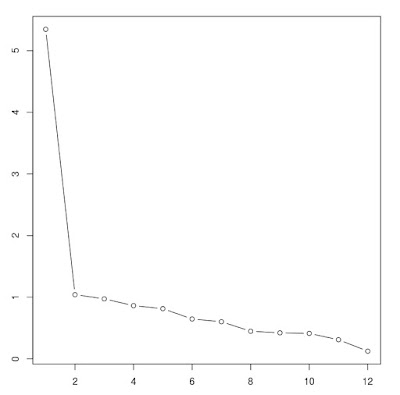Review: Complex Adaptive Systems: An Introduction to Computational Models of Social Life

Complex Adaptive Systems: An Introduction to Computational Models of Social Life by John H. Miller My rating: 4 of 5 stars A thought-provoking introductory exploration to modeling social systems, covering ideas for rule-based agents within a variety of rule-based systems, moving onto evolutionary-like automata and organization of agents to solve problems. Underlying some of the ideas, one could see references to deeper concepts, e.g., nonlinearity, attractors, emergence, and complexity, none of which was explained explicitly. At times, I did find the writing tedious, as some ideas were too obvious to spend time detailing, but overall, a well-written easy to digest text. View all my reviews













